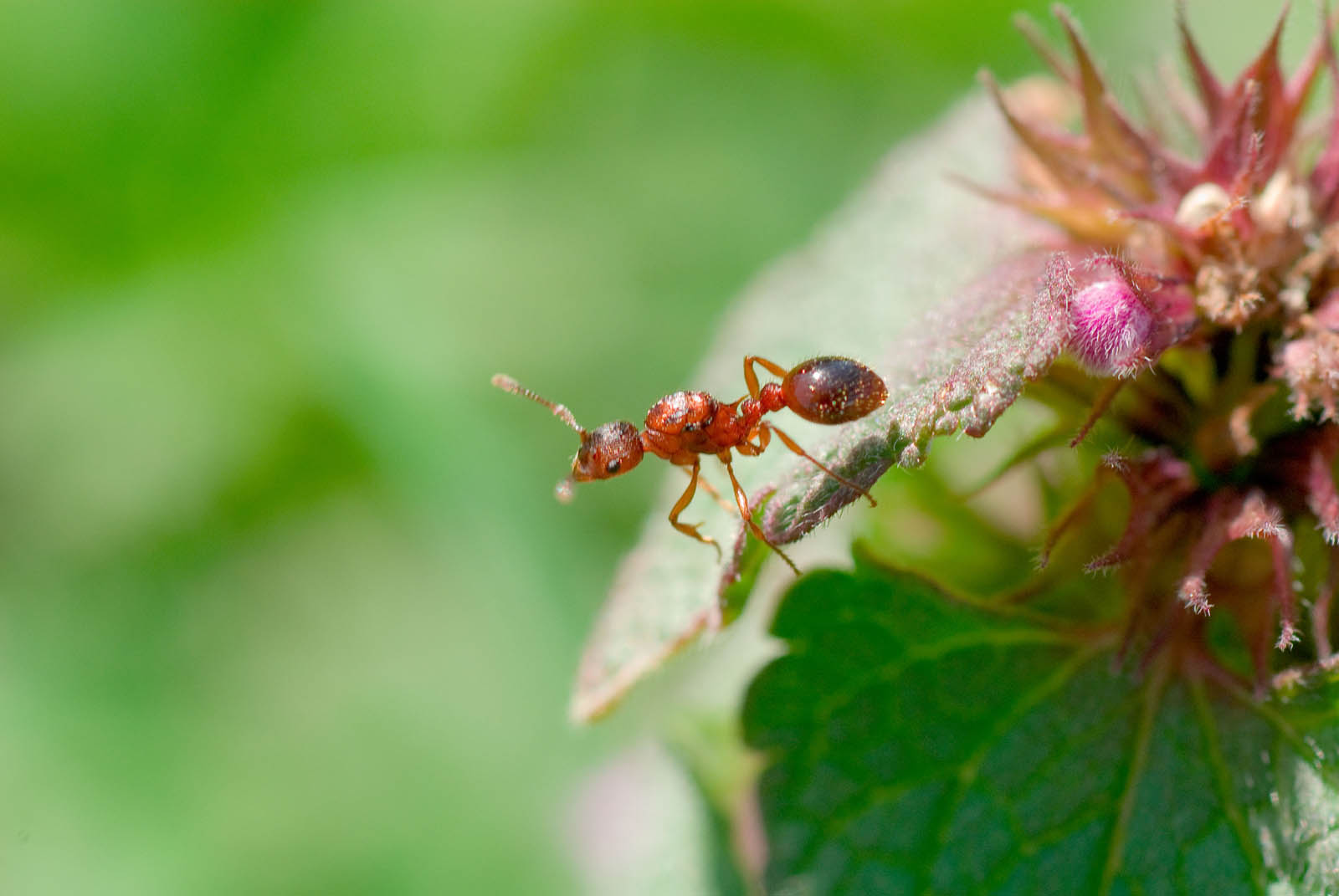Ants and Schools
Basics
Ants are insects of the family formicidae. Like some types of termites, bees and wasps, ants are social insects and live in colonies made up of thousands of members.

Like other insects, ants have:
- Three body segments:
- head;
- thorax; and
- abdomen.
- An exoskeleton.
- Six legs attached to their thorax.
- Two antennae.
Life Cycle
Ants have four life stages:
- eggs;
- larvae;
- pupae;
- adults.
There are three different types of adult ant:
- Workers (also known as soldiers), which are females.
- Males (also known as drones).
- Queens, which are females.
Infestations
Many different types of ants are considered pests including:
The following links exit the site
- Pavement Ants.
- Yellow Crazy Ants.
- The Pharaoh Ant.
- Carpenter Ants.
- Argentine Ants.
- Odorous Ants.
- Red Imported Fire Ants.
Health Concerns
Ants can contaminate food, but most common species in the United States generally do not cause public health hazards. Species of ants that are dangerous to human health include:
- Fire Ants.
- Red Imported Fire Ants.
- Black Imported Fire Ants.
- Southern Fire Ants.
When fire ants bite, they inject formic acid into the skin, which can cause welts and allergic reactions, and results in white pustules that often last several days.
In some cases of severe allergic reaction, fire ant stings can be fatal if not treated.
More information on preventing contact with fire ants.
For detailed information on fire ant stings, prevention and treatment, see Medical Problems and Treatment Considerations for the Red Imported Fire Ant (PDF)(9 pp, 1.96 MB, About PDF) published by the Texas Cooperative Extension
Fact Sheets and Other Resources on Ants
The following links exit the site
How to Manage Pests: Ants: This Web page offers information on the identification, life cycle, several one-minute videos on emergency ant management, the use of baits, and a full twenty-minute video on Argentine ant management. The website is managed by University of California, Davis, IPM Online.
School IPM for Ants (PDF)(6 pp, 275.24 K, About PDF). This brochure (from Virginia Department of Agriculture and Consumer Services) reviews all IPM steps for responding to ants in schools including providing suggestions on least toxic control methods.
Ant Pest Management in Schools Fact Sheet (PDF)(3 pp, 111.3 K, About PDF) from the Maine Department of Agriculture.
A four page fact sheet on controlling carpenter ants from Rutgers University.
A fact sheet on fire ants, preventing bites, and treatment from the Centers for Disease Control and Prevention (CDC).
School IPM for Fire Ants- Information about ways to identify and control fire ants. Also provides general information and ways to monitor and inspect areas that fire ants might be present.
School IPM for Tramp Ants- Offers ways to identify and control tramp ants. Also provides general information and ways to monitor and inspect areas that tramp ants might be present.
School IPM for Carpenter Ants - Identifying and controlling carpenter ants. Also provides general information and ways to monitor and inspect areas that carpenter tram might be present.
Ants - Information on ants and controlling them from the National Pesticide Information Center.
